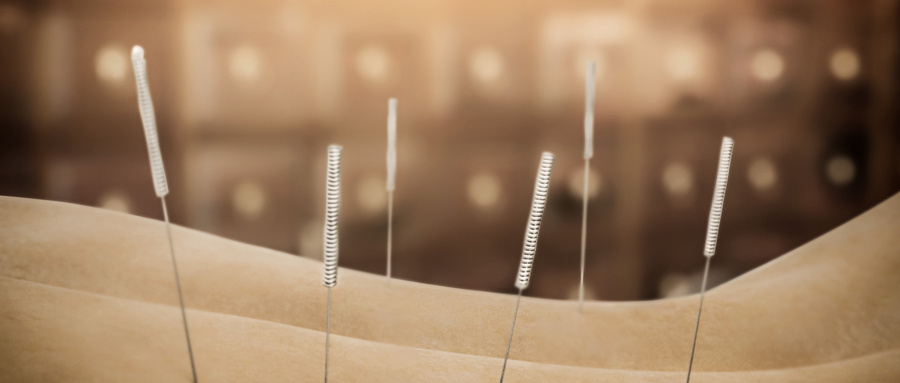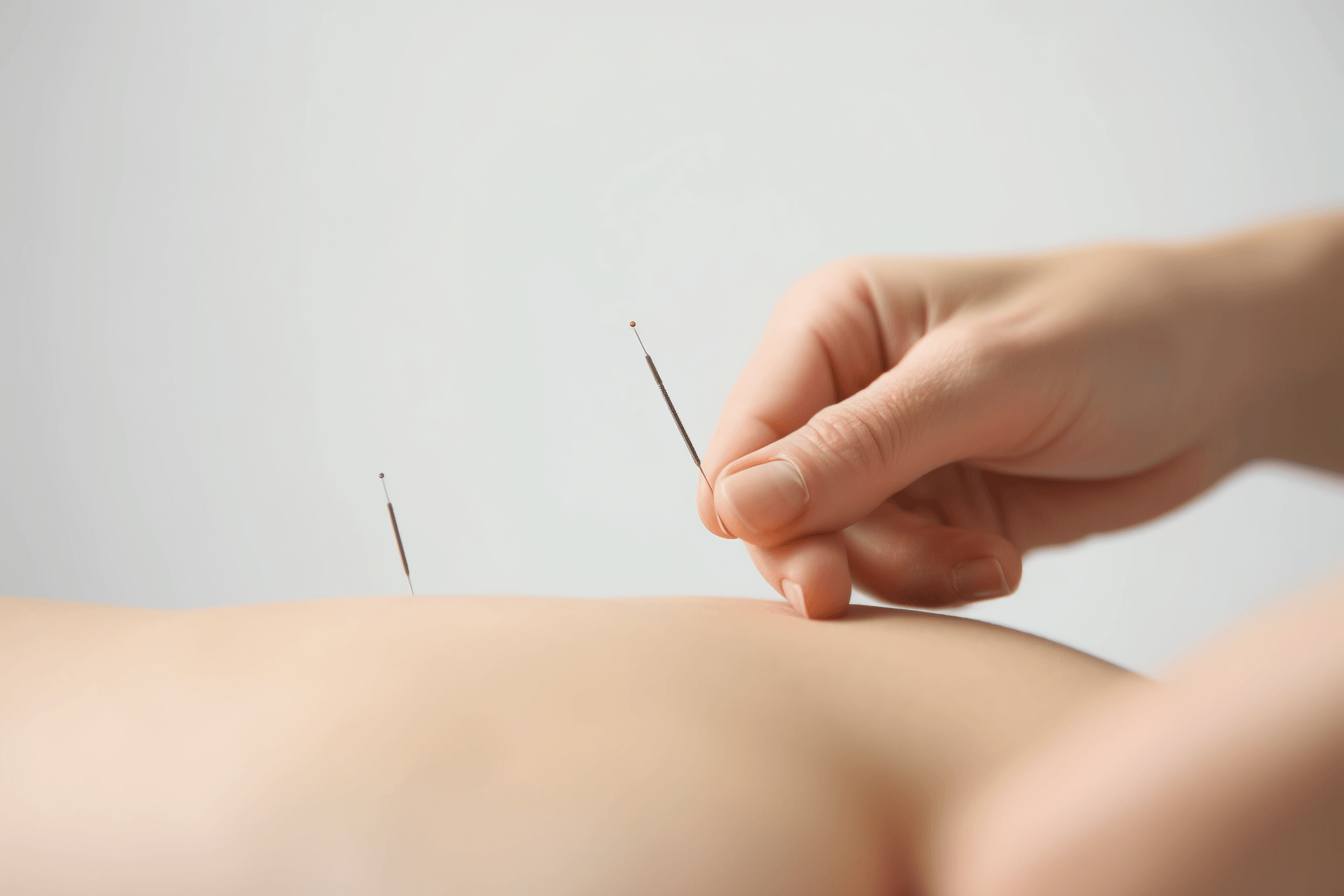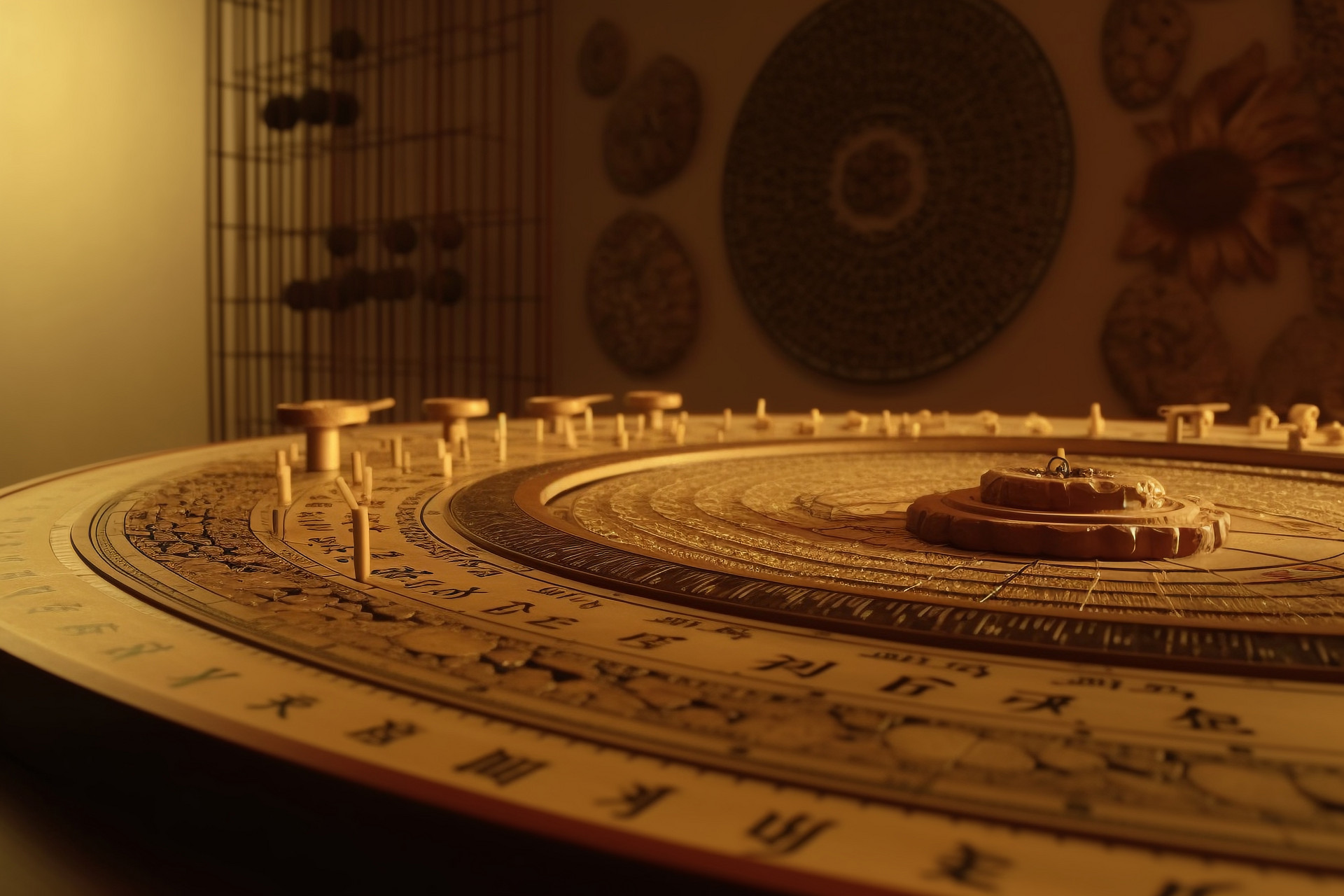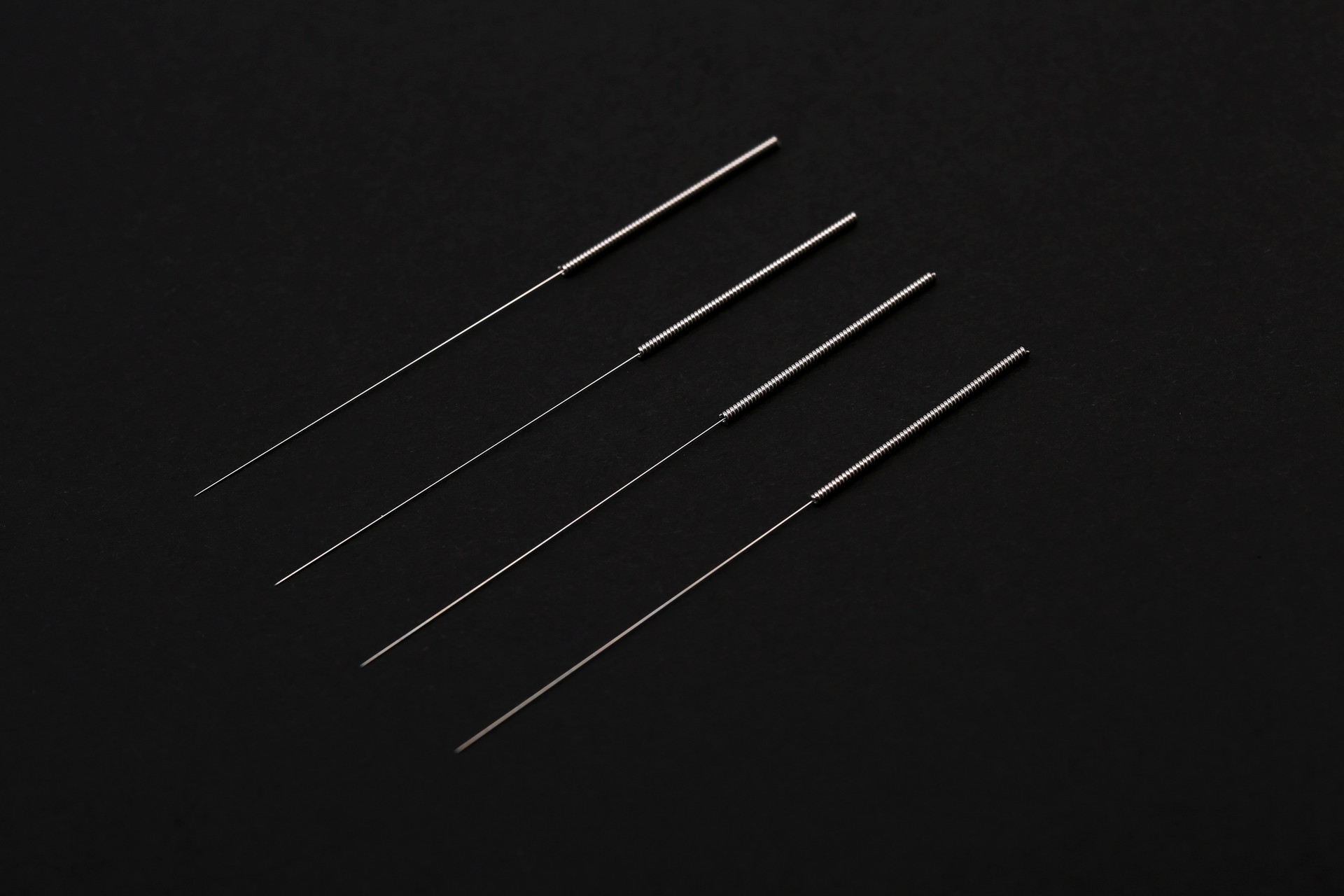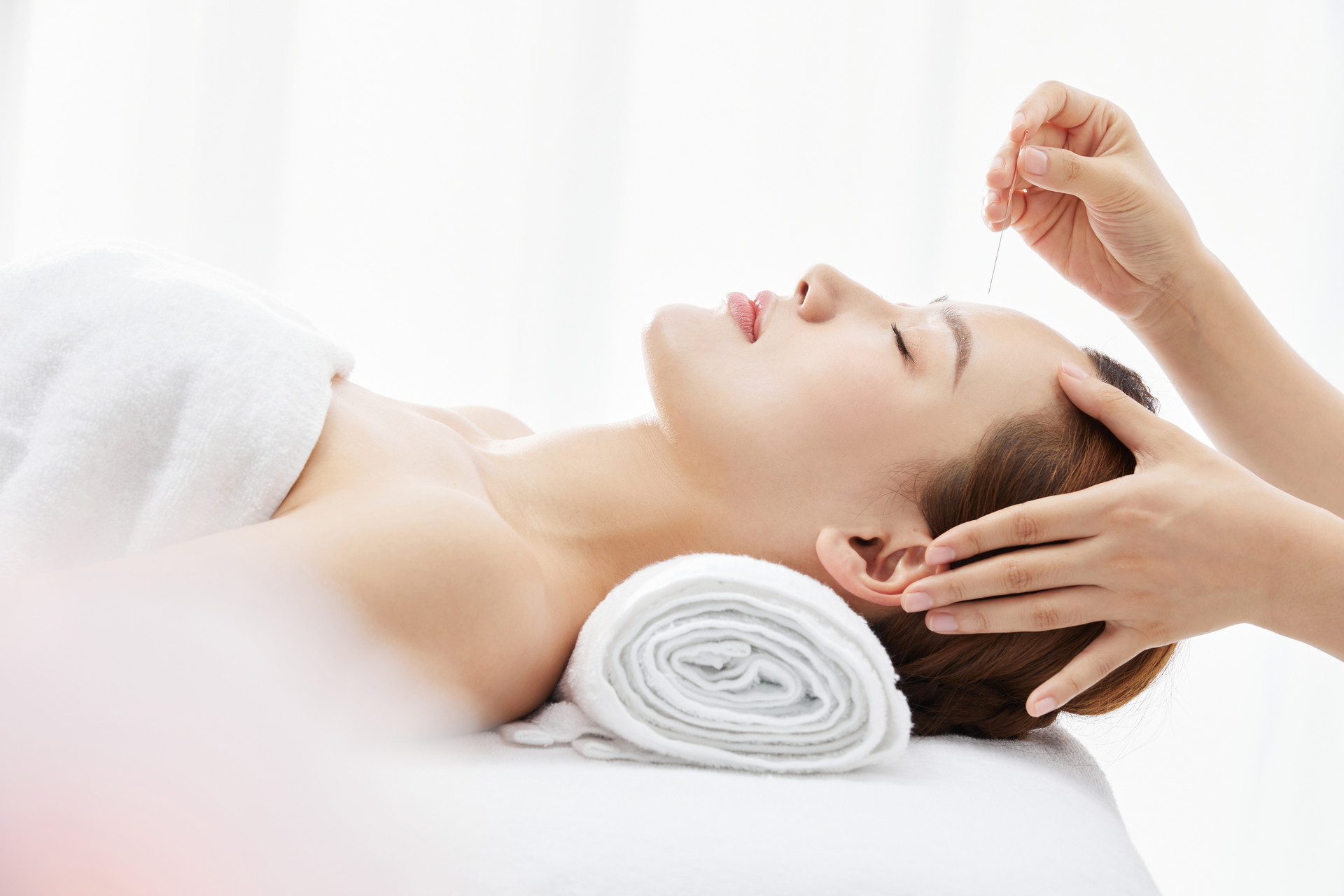Acupuncture is one of the ancient healing methods in China that has been passed down to the present day. Acupuncture mainly uses the stimulation of needle insertion to trigger reflexes in the brain, which can relieve fatigue, promote blood circulation, and clear the meridians. Today, I will share some knowledge about acupuncture with you. Let's take a look below.
What is acupuncture allergy?
Acupuncture allergy refers to localized or systemic allergic dermatitis in individuals. It generally subsides within a few days after stopping acupuncture. During this period, antihistamines, vitamin C, and increased water intake can be used. If symptoms such as fever, itching, dry mouth, and restlessness occur, corticosteroids such as prednisone can be used at a daily dosage of 20-30 milligrams. Chinese herbal formulas for cooling blood and eliminating wind also have an effect. In cases where the patient appears pale, sweaty, and has a weak pulse, in addition to intramuscular injection of antihistamines, adrenaline can be injected intramuscularly or intravenously. If necessary, corticosteroids can be administered.
In recent years, there have been reports that moxibustion, acupuncture point injections, and other methods can induce allergic reactions of varying degrees in the body. Although the prognosis is generally good, sometimes more severe symptoms can occur, which should be noted. There have also been reports of allergic reactions caused by simple acupuncture needle insertion. The following will focus on the causes, clinical manifestations, and prevention and treatment methods for moxibustion allergies.
1. Common causes include the following two:
(1) Constitutional factors
The main cause of allergic reactions is that the patient himself has an allergic constitution, often with a history of asthma, urticaria, or allergies to various drugs or pollen.
(2) Medication factors
Generally refers to moxibustion-induced sensitization: possible because moxa leaves contain certain allergenic substances. It has been reported that the tobacco extract from the lid of a moxibustion box applied to the inner forearm of a patient who had acute urticaria due to moxibustion resulted in itching, discomfort, and allergic skin rash after 10 hours, confirming that it can cause allergies.
2. Clinical manifestations:
Allergic skin rash is the most common manifestation, characterized by localized (around the acupuncture points) red papules or generalized urticarial wheals. The patient often experiences fever, unbearable itching, and in severe cases, chest tightness, difficulty breathing, and even pale complexion, profuse sweating, and weak pulse.
The time of occurrence of allergic reactions: acupuncture point injections often occur immediately or shortly after, while moxibustion may take several hours, with reports in the literature lasting up to 10 hours in the elderly. Patients who have had allergic reactions to moxibustion often experience repeated reactions during subsequent moxibustion treatments.
3. Prevention methods:
(1) Inquire about medical history
Prior to acupuncture, a detailed medical history should be obtained to determine whether there is a history of allergies, especially to moxibustion. If the patient has a history of allergic reactions to acupuncture point injections, moxibustion therapy should also be used with caution.
(2) Pay attention to prodromal signs
If prodromal signs of an allergic reaction occur during moxibustion or acupuncture point injections, the therapy should be immediately stopped.
4. Treatment methods:
If there are localized or systemic allergic skin rashes, they generally naturally fade within a few days after stopping moxibustion. During this period, antihistamines, vitamin C, and increased water intake are recommended. If symptoms such as fever, itching, dry mouth, and restlessness occur, corticosteroids such as prednisone can be used at a daily dosage of 20-30 milligrams. Chinese herbal formulas for cooling blood and eliminating wind also have an effect. In cases where the patient appears pale, sweaty, and has a weak pulse, in addition to intramuscular injection of antihistamines, adrenaline can be injected intramuscularly or intravenously. If necessary, corticosteroids can be administered.
Conclusion: Through the knowledge of acupuncture that I have shared above, I believe that as long as you carefully read the content, you will understand the benefits of acupuncture. Acupuncture has many functions and almost no side effects. Acupuncture can not only treat many diseases but also help girls who are pursuing beauty to lose weight and slim their legs. Everyone should give it a try.


